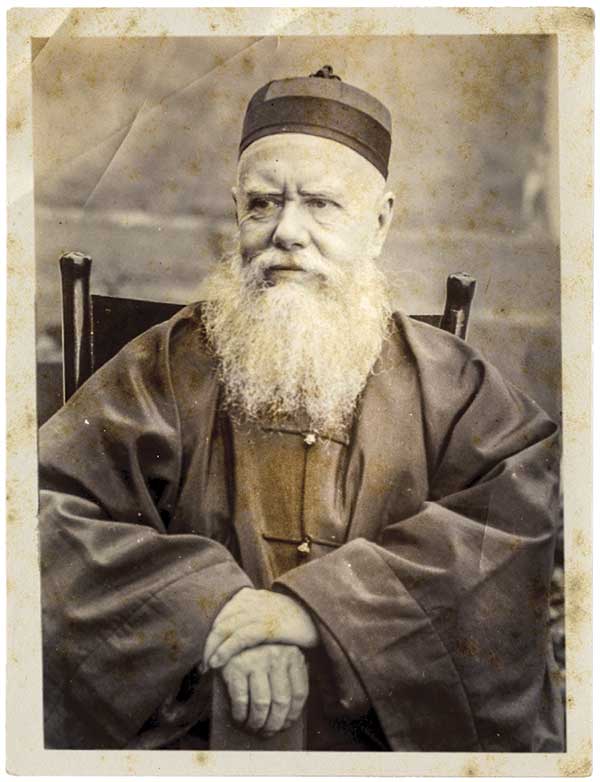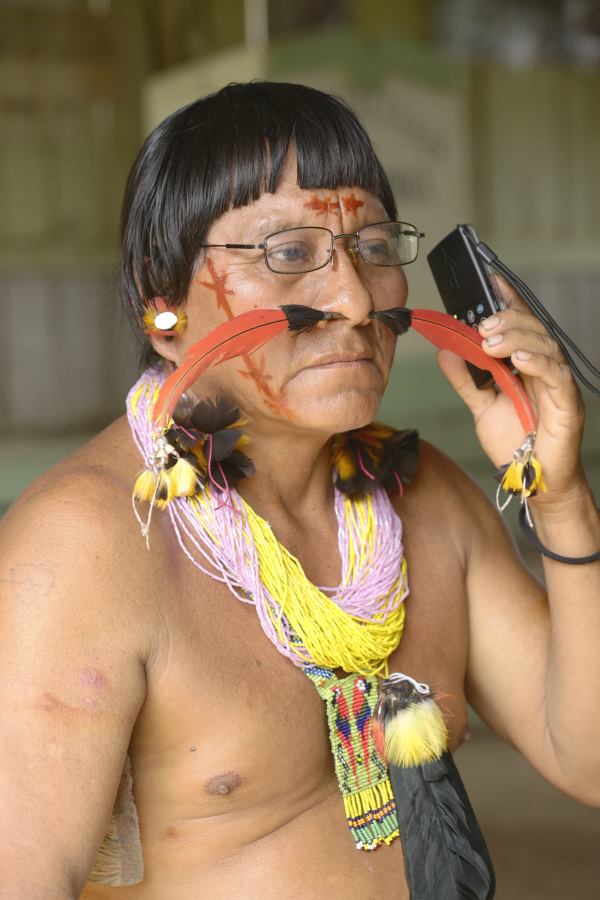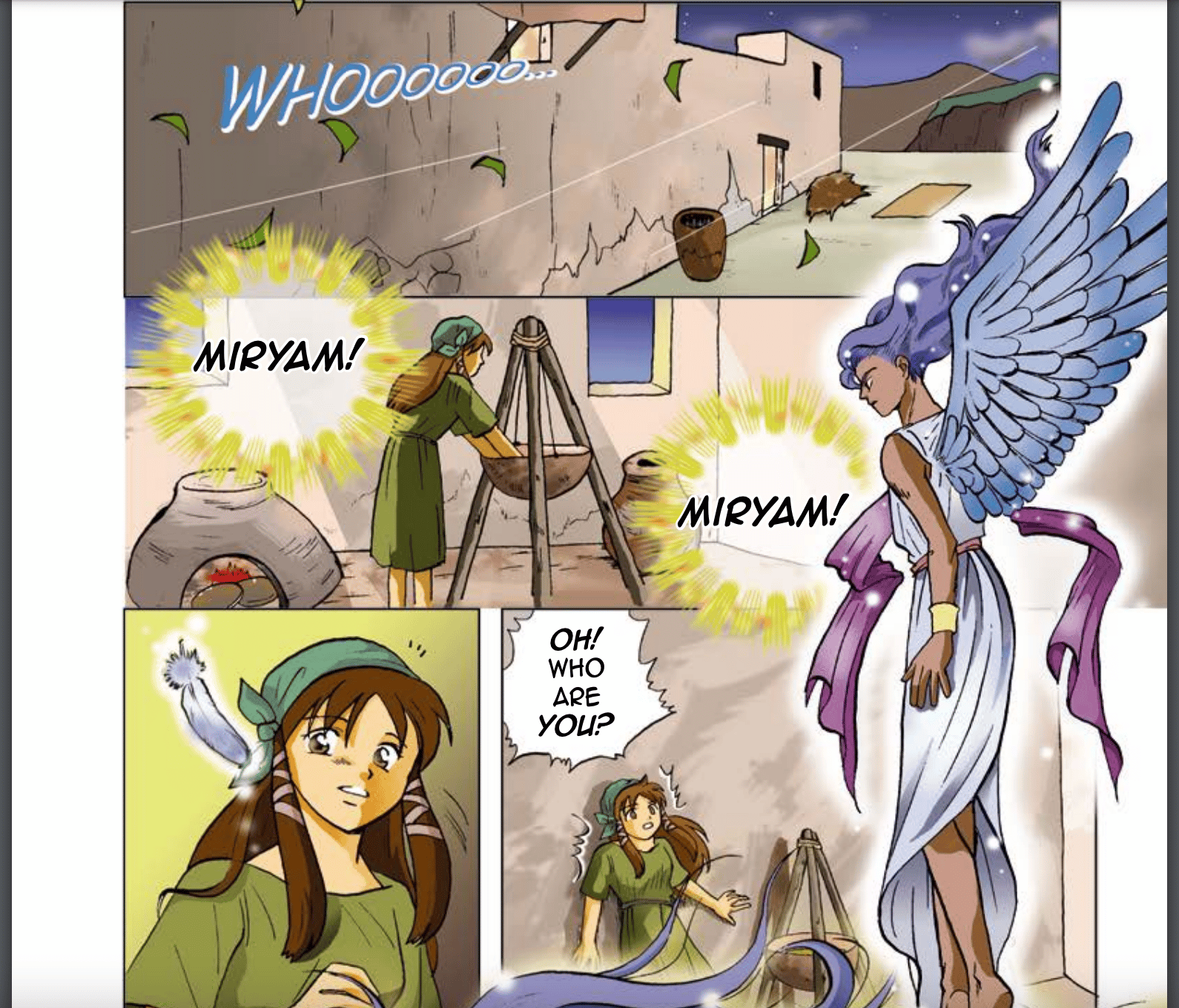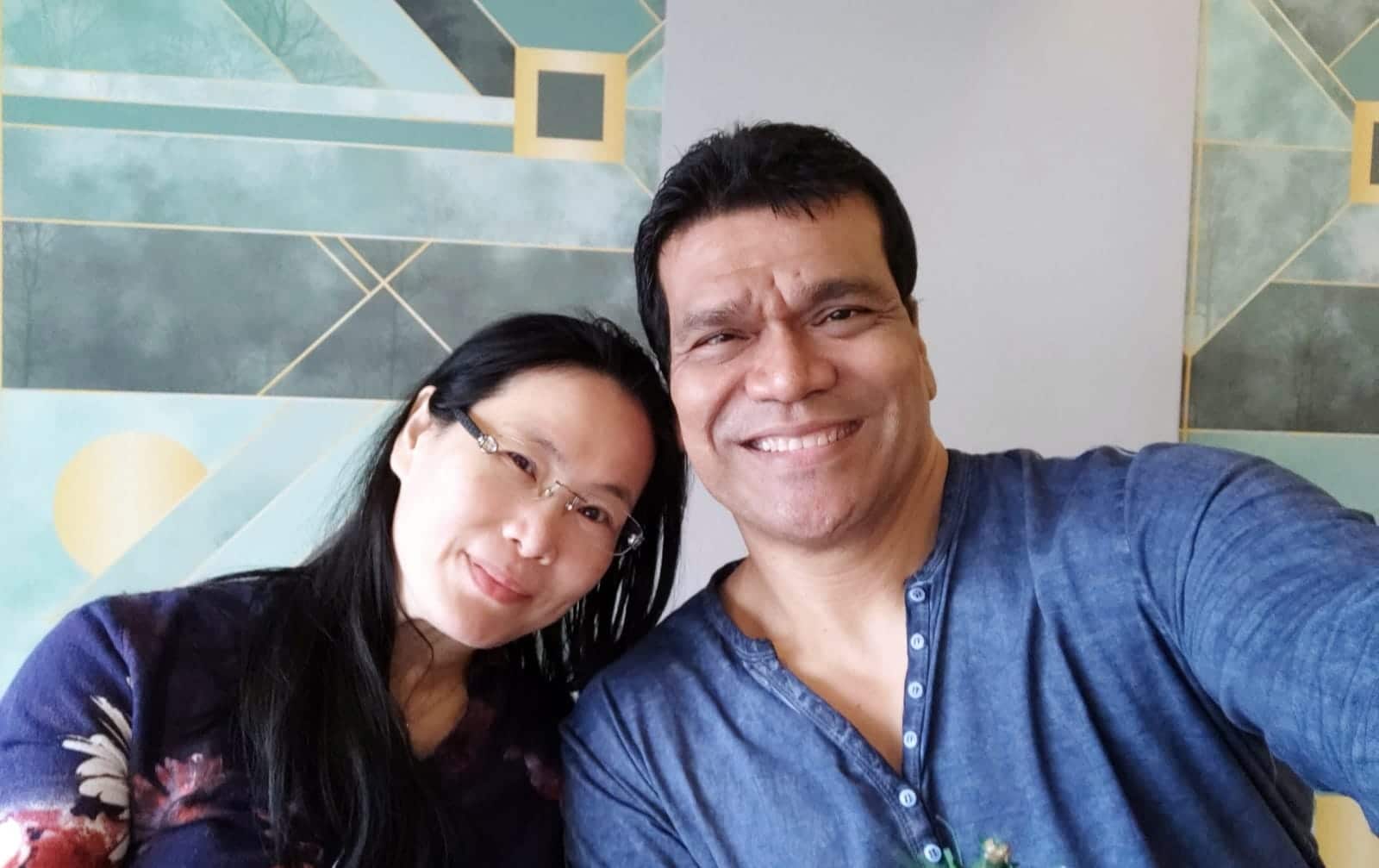Singlish, Manga and even TikTok: Making the Gospel accessible to all
by Tan Huey Ying // December 16, 2022, 6:35 pm

The Manga Bible, first published in 2009, is still popular in Japan and has been translated and distributed worldwide. Photo screenshot of preview page of the Manga Messiah.
Only a Singaporean would know what an “uWWUUU bird” is, or how its signature call is a source of annoyance to some and the subject of discussion amongst many.
“We put the Word in people’s hearts. So we have to do it well.”
So, it is no surprise that when the creators behind Instagram’s @thatsinglishbible took the creative liberty of featuring the Asian koel in their unofficial translation of Matthew 6:26, the post went viral.
In the days that followed, their following skyrocketed.
The account gained over 22,500 followers in just nine weeks.
That Singlish Bible’s unconventional way of presenting the Gospel had its 22,500 users choosing to follow an account dedicated to sharing God’s Word.
The creators say they have received messages from both Christians who were inspired to read their Bible again and non-believers who started reading the Bible for the first time.
The Word made accessible
This is not the only Singlish version of the Bible in existence. Fandom, a user-generated Wikipedia platform, hosts chunks of another “Singlish Bible”, like these verses from Genesis 1:1-3:
“Starting ah, God make the sky and the ground.
Efforts like this, while undeniably hilarious, are far from mockery or satirical in nature.
The ground bo shape, bo simi; den the deep, on top is orr-orr one.
Then the Spirit of God float at the water on top.
Den God say, “On light leh”; and den got light lor.
Den God see the light is tok kong lah; den God make the light and dark kena separated.
God say the light is Day, then dark He say is Night.
Got evening, got morning, so first day.”
(Watch ieatishootipost.sg’s Dr Leslie Tay read this for us on TikTok!)
Efforts like this, while undeniably hilarious, are far from mockery or satirical in nature.
The creators of @thatsinglishbible told Salt&Light: “We realised that we can put the Word in people’s hearts. So, we have to do it well.
“It’s our way of making it (the Bible) more accessible.”
Christianity is not “foreign”
During Jesus’ ministry on earth, He used everyday references in parables and taught crowds, not just in temples, but also from boats, in homes and on wide open plains.
His followers have charted similarly radical and unconventional paths to get the Word to people:
The Apostle Paul made tents in literal marketplaces while he preached, and encouraged the early church through epistles dictated and sent out while under chain.
Renowned explorer David Livingstone ventured deep into the heart of Africa and mapped it out in his efforts to build “God’s Highway” by bringing Christianity to unreached people groups in Africa’s interior.

Hudson Taylor dressed in traditional Chinese wear. His decision was rooted in his deep respect for Chinese culture but was greeted by derision and contempt by most Westerners, even missionaries.
Englishman Hudson Taylor, a missionary to China and the founder of China Inland Mission (now known as OMF International), ditched the suit of an English gent and dressed as a Chinese commoner to much ridicule. He did it to assimilate into the culture, so people could see that what he preached was not as foreign as they assumed.
The heart language in our blood
Fulfilling the Great Commission of making disciples, baptising and teaching them begins with creating access to and engagement with the Gospel.
Today, Bibles have been – and are still being – transported to the remotest of places and sometimes even as smuggled contraband items. Others have come up with creative ways to bring the Word of God to people wherever they were.
MegaVoice is one such example which reaches out to people who are either illiterate or who prefer to learn by listening. The organisation produces and distributes solar-powered audio Bibles available in over 4,000 languages and dialects.

It is estimated that the world’s 7.4 billion people speak about 7,100 different languages. MegaVoice has a library containing the Bible, systematic theological studies and children’s stories in more than 4,000 languages and dialects. Photo courtesy of MegaVoice.
Solomon David, the Asia Pacific representative of MegaVoice, says that it is all about getting the Word of God to people in their heart language – a language that they have grown up with and understand the best.
“That is the language that we feel,” Solomon emphasised. “It stays in your blood.”
Engaging the dialect speaking
The Lausanne Movement, a platform for global missions started by Billy Graham, estimates that out of the 7.4 billion people in the world today, almost 60% are oral learners. That statistic means over 4 billion people who “can’t, won’t, or don’t hear the Gospel when we share it simply because it’s often coming through literate means they don’t understand and to which they do not relate”.
He coordinated the production of two years’ worth of daily devotions accessed via a regular phone call in six dialects.
Unfortunately, dialect-speakers in Singapore fall into that category.
Vincent Toh, general secretary of Christian Communications Singapore, a publishing and training organisation serving Chinese churches, has heard from many elderly that hearing their own dialect would engage them more than Mandarin.
In 2020, when Covid restrictions prevented the elderly from gathering in churches for fellowship and encouragement. Knowing the time was short in reaching out and “introducing” the elderly to God, Vincent got to work immediately.
The target audience: dialect-speaking elderly without access to the internet or a smartphone.
He recruited more than 50 volunteers and coordinated the production of two years’ worth of daily devotions accessed via a regular phone call in six dialects.

Fridge magnets with the hotline numbers are given to the elderly to remind them about the daily devotionals.
In August 2020, the free daily phone devotionals were launched in six Chinese dialects: Teochew, Hainan, Shanghai, Hakka, Foo Chow and Hing Hwa.
The audio files have since been made available on various Telegram channels and a Bahasa Indonesia phone line featuring a devotional, a worship song and poem updated daily, was added to their repertoire.
Pictures and music worth a thousand words
Oral learners, however, include more than those who are illiterate or unable to read. They are people, who – because of a mix of factors including culture, upbringing and personal preference – learn best through stories, images and even music, rather than text or concepts.
Through the centuries, Christians have always found ways and means to share the Word in ways that connect best with people.
The Bible has even been expressed in the form of Japanese comics, also known as manga. Originally drawn in Japanese by manga artists, the Manga Bible was first published in English 2009 and became a hit even in America.

A screenshot from the preview excerpt provided by Tyndale.
Mission agencies in Japan distributed thousands of the first book, Manga Messiah, noting that it was a tool more effective in reaching the Japanese than the Jesus film, which is used widely around the world.
The Manga Bible has been translated into multiple languages and distributed across continents into places such as Tanzania.
A long-term missionary in Japan told Salt&Light that even today, many are still reading it.
“Not only youth, but also kids and adults,” he said.
He thinks it has retained its popularity because it makes Bible stories easier to understand.
“The Japanese Bible is very difficult to read for non-Christians,” he added. “In fact, even Christians struggle with (Japanese) Bible language.”
The saying that “a picture is worth a thousand words” holds some weight in this regard – the Manga Bible has been translated into multiple languages and distributed across continents into places such as Tanzania, Puerto Rico and even post-Christian nations like Norway.
To the ends of the earth
The latest frontier in evangelism lies in the digital space – more specifically, on social media.
Nearly 4.6 billion people in the world use social media. In Singapore, almost 90% of Singapore’s population are active users, according to the latest market research.
“If we want to reach a generation, we have to go where they are.”
TikTok, in particular, is the fastest-growing social media in the world.
It only launched in 2016 under the name “Douyin”, but it already has almost as many Monthly Active Users (MAUs) as Instagram.
Some believers have already started to create content aimed at evangelism and spiritual revival, creating hashtags like #MakeJesusViral and organising collaborations like Carry Christ.
“If we want to reach a generation, we have to go where they are,” said Pastor Norman Ng, Senior Pastor of 3:16 Church, who co-founded social movements True Love Is and Heartbeat Project. He spoke to Salt&Light earlier this year about how churches can use social media well.
The creative ministry of Cru, an organisation committed to missions, evangelism and discipleship, also describes their mission as “bringing the unchanging Gospel to a changing generation”.
Perhaps, this might be the generation which will “by all possible means … save some” (1 Corinthians 9:22), and take the Gospel to the ends of the earth.
We are on TikTok: Watch this exclusive video by Dr Leslie Tay of ieatishootipost.sg share his rendition of Genesis 1 from the Singlish Bible!
Salt&Light, along with other websites in the Thirst Collective (Thirst.sg, hhm.sg and storiesofhope.sg) are now on TikTok. Follow us and help to share the Word of God on TikTok!
FOR MORE STORIES LIKE THIS:
“Playing the violin for me is like praying”: One-handed violinist Adrian Anantawan
MegaVoice, world’s first solar audio Bible, breaks silence for blind and illiterate
We are an independent, non-profit organisation that relies on the generosity of our readers, such as yourself, to continue serving the kingdom. Every dollar donated goes directly back into our editorial coverage.
Would you consider partnering with us in our kingdom work by supporting us financially, either as a one-off donation, or a recurring pledge?
Support Salt&Light


